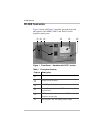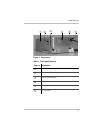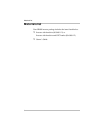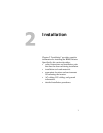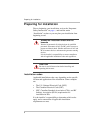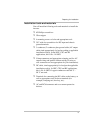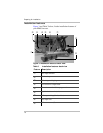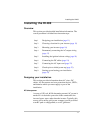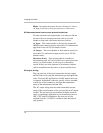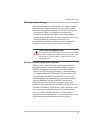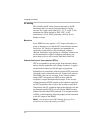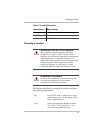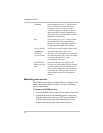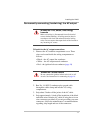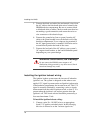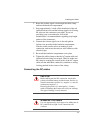
Installing the HI400
12
AC disconnects and over-current protection devices
To meet electrical code requirements, you must provide the
inverter with over-current protection (such as a circuit
breaker or fuse) and a disconnect device as follows:
AC Input: The circuit breaker or fuse used to protect the
HI400 inverter must be rated no more than 15 A and must be
approved for use on 120 Vac branch circuits.
AC Output: The circuit breaker or fuse must be rated at no
more than 15 A and must be approved for use on 120 Vac
branch circuits.
Disconnect devices: Each system requires a method of
disconnecting each AC circuit. If the over-current protection
device is a circuit breaker, it will serve as a disconnect
switch. If fuses are used, separate AC disconnect switches
will be needed between the source of power and the fuses.
AC output wiring
The type and size of the wires between the inverter output
and the loads varies with the installation type and applicable
codes. For many RV applications, flexible multi-strand wire
is required. Installation codes may specify solid or stranded,
overall size of the conductors, and type and temperature
rating of the insulation around the wire.
The AC output wiring must be sized to match the current
rating of the circuit breaker or fuse you provide on AC output
circuits. The size must be in accordance with the electrical
codes or regulations applicable to your installation. In most
NEC, CEC, and RV installations, the wire size will be
required to be No. 14 AWG, 3-conductor (line and neutral,
plus ground).
Note:
Throughout this manual, the term “shorepower” refers to
AC input power from a utility grid, generator, or other source.



